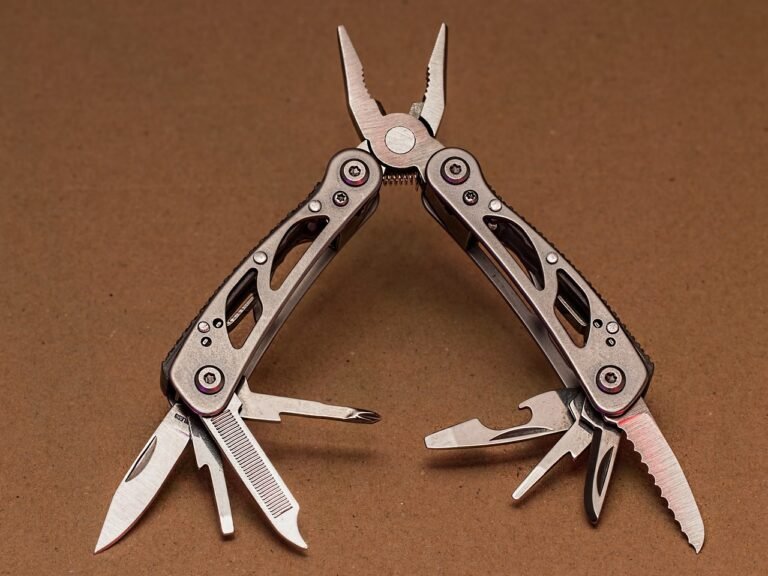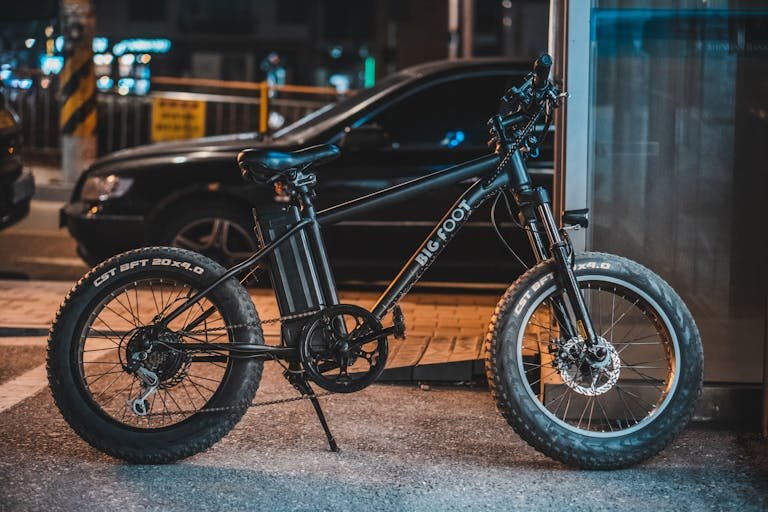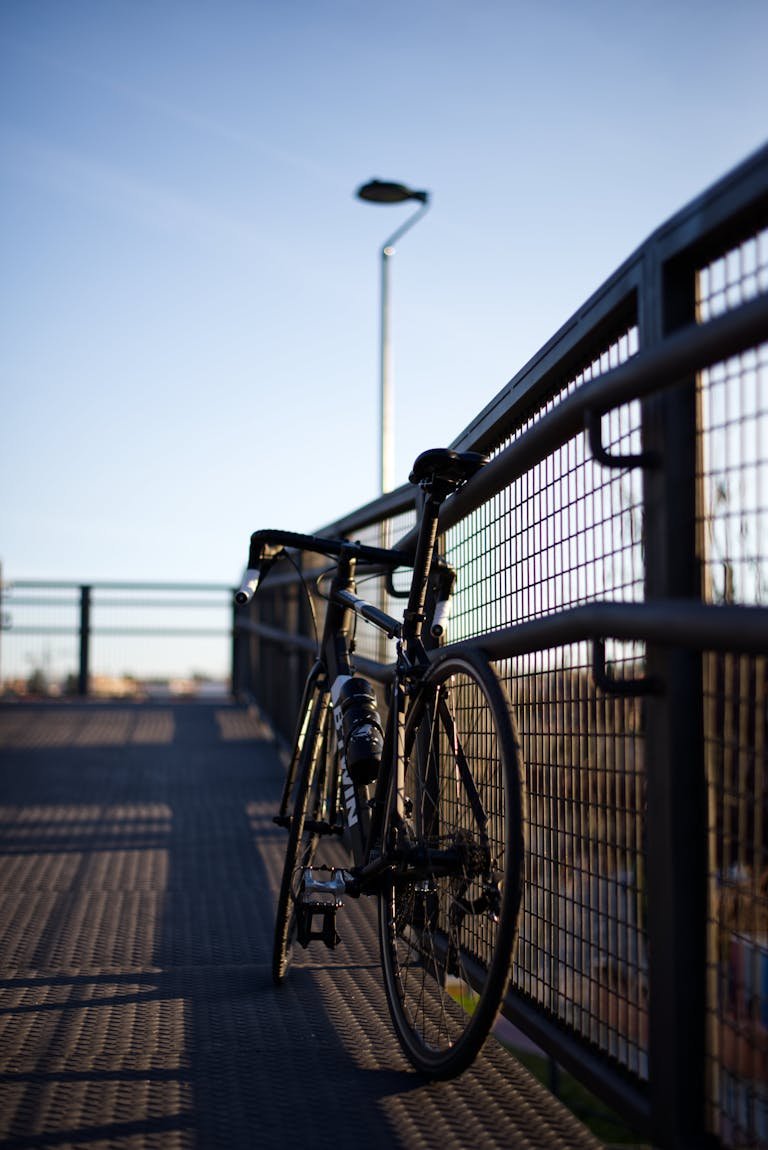Cycling Power Meters: Understanding and Using Power Data 2025
Let me share how cycling power meters transformed my approach to training and riding. Cycling power meters has been the topic of discussion lately. Did you know that Tour de France riders generate an average of 250-300 watts during a six-hour stage?
Power meters have become increasingly accessible, with prices dropping 45% in the last five years. Let’s jump into everything you need to know about these technical training tools!
Understanding Power Meter Types: A Comprehensive Guide
Let’s discuss cycling power meters and how they totally transformed how I train and ride. I’ve learned there’s no perfect solution for everyone. But understanding the different types can help you make a solid choice for your needs.
Pedal-Based Power Meters: The Game Changers
I remember when I first installed pedal-based power meters on my bike – it was crazy. These awesome devices measure power right at the pedal, which gives incredibly accurate readings of your actual power output. Brands like Garmin Rally and Favero Assioma have become popular choices, and for good reason.
The great thing about pedal-based power meters is their portability. You can switch between a road bike and time trial bike in under 10 minutes. However, one thing I learned the hard way is that you need to be super careful with installation. If you don’t torque them correctly, you’ll get weird power readings that throw off your entire training plan.
Key benefits of pedal-based power meters:
- Easy to transfer between bikes
- Direct power measurement at the point of force application
- Compatible with most cranks
- Generally provide advanced metrics like left/right balance

Hub-Based Power Meter Technology: The Reliable Workhorse
Hub-based power meters like the PowerTap G3 have been around forever, and they’re totally reliable workhorses. These devices measure power at the rear hub, which means they capture your power output after some losses through the drivetrain. I’ve found they typically read about 2-3% lower than pedal-based systems.
One thing that surprised me when I first started researching hub-based power meters was how consistent the readings were. While they might not give you fancy metrics like pedal smoothness, they’re amazingly reliable for long-term training. The downside is you’re pretty much committed to using that specific wheel.
Crank and Spider-Based Measurement Systems: The Sweet Spot
Power meters like the Quarq DZero and SRAM RED AXS Power Meter are solid choices that offer a great balance of accuracy and reliability.
Spider-based power meters sit between the chainrings and crank arm, measuring the total power output through the spider. These are awesome for cyclists who want accurate data without the complexity of pedal-based systems. They’re also less likely to get damaged in a crash, which is a bonus.

The main considerations for crank-based power meters:
- Usually require specific crank compatibility
- More protected from damage than pedal-based systems
- Generally more expensive than single-sided options
- Excellent for long-term reliability
Single-Sided vs. Dual-Sided Power Measurement: The Truth About Accuracy
Here’s something that might surprise you – single-sided power meters can be totally sufficient for most cyclists. These devices measure power on one side (usually the left) and double it to estimate total power output. While this might sound less accurate, research has shown, it’s more than adequate for effective training.
However, if you have a significant power imbalance between legs (like someone after a knee injury), dual-sided power measurement becomes crucial. Dual-sided power meters measure each leg independently, giving you a complete picture of your power output and helping identify any imbalances.
Cost comparison of power meter types (based on current market averages prices may vary):
- Single-sided crank arm: $300-500
- Pedal-based systems: $650-1000
- Dual-sided crank/spider systems: $800-1200
- Hub-based systems: $500-800
I’ve learned that choosing the right power meter depends on several factors: your budget, how you plan to use it, and what kind of data you need. The most expensive option isn’t always the best for your specific situation.
Remember, whichever type of power meter you choose, consistency in your power readings is more important than absolute accuracy. It’s better to have slightly inaccurate but consistent readings than perfectly accurate but inconsistent ones.
Key Benefits of Training with Power
Objective Measurement of Cycling Effort
The most amazing thing about training with power is its brutal honesty. I remember heading out on what I thought was an “easy” ride, only to have my power meter show me I was pushing way too hard. Unlike heart rate, which can be affected by caffeine, sleep, or stress, power numbers don’t lie.
Key aspects of power measurement:
- Instant feedback on effort level
- Consistent readings regardless of conditions
- Clear targets for different training zones
- Real-time intensity feedback
Tracking Training Load and Recovery
Learning to monitor training load with a power meter can be a solid game-changer. By tracking metrics like Training Stress Score (TSS) and Intensity Factor (IF), you can become much better at balancing work and recovery.
Performance Benchmarking Capabilities
The ability to benchmark performance has been totally awesome for tracking progress.
Benchmarking metrics to track:
- Functional Threshold Power (FTP)
- Power curve data
- Peak power outputs
- Power-to-weight ratio
Pacing Strategies for Different Events
Cycling power meters are amazing tools, but they’re just that – tools. The real magic happens when you learn to combine the data with your own experience and feeling on the bike. Whether you’re a seasoned racer or just getting serious about cycling, power meter training can take your riding to the next level.
Power Meter Accuracy and Reliability: What Really Matters
The cycling power meter industry has some pretty interesting standards that most people don’t know about. I learned this the hard way when my first power meter readings were totally off. Most quality power meters claim ±2% accuracy, but here’s the thing – that’s all under perfect conditions.
Key accuracy standards:
- Industry accepted ±1-2% accuracy range
- Sampling rates of 1-4 times per second
- Repeatable results within specified ranges
- Documented testing protocols from manufacturers
Factors Affecting Accuracy
Temperature changes can mess with power readings. Readings can be off by nearly 30 watts just because of starting in cold weather and finishing in warm conditions. Modern cycling power meters are getting better at handling these variations.
Common accuracy influencers:
- Temperature fluctuations
- Installation torque
- Battery voltage levels
- Chain line alignment
- Firmware version
Temperature Compensation Features
The most awesome power meters now include temperature compensation. A Quarq power meter automatically adjusts for temperature changes, which means you get reliable readings whether you’re climbing in the cool mountains or grinding in the valley heat.
Calibration Requirements and Procedures
Here’s something I wish someone had told me earlier – proper calibration is absolutely crucial for accurate power measurement. You should perform a zero offset before every ride, which takes like 30 seconds but makes a huge difference in reliability.
Essential calibration steps:
- Zero offset before each ride
- Manual calibration after temperature changes
- Factory calibration checks annually
Remember, even the most expensive cycling power meter won’t give you accurate readings if you don’t take care of these basics. Trust me, spending a few minutes on proper calibration before your ride is totally worth it for reliable training data.
Understanding Power Data Metrics: A Cyclist’s Guide
I’ve developed a solid grasp of what these numbers actually mean for your training.
Functional Threshold Power (FTP) Explained
Your cycling power meter’s most crucial metric is FTP, and it’s totally revolutionized training for athletes. FTP represents the highest power you can sustain for roughly an hour.
Key FTP testing protocols:
- 20-minute test (multiply by 0.95)
- 60-minute test (true FTP)
- Ramp test using cycling power meter
- Regular retesting every 6-8 weeks
Power Zones and Training Applications
Using cycling power meter data to establish training zones can be a game-changer. Instead of guessing, now know exactly which power zones to target for different training adaptations.
Standard power zones with cycling power meter readings:
- Zone 1: Active Recovery (<55% FTP)
- Zone 2: Endurance (56-75% FTP)
- Zone 3: Tempo (76-90% FTP)
- Zone 4: Threshold (91-105% FTP)
- Zone 5: VO2 Max (106-120% FTP)

Normalized Power vs. Average Power
Here’s something awesome I learned about cycling power meter data – Normalized Power (NP) gives you a much better picture of your ride’s intensity than average power.
Important power comparisons:
- Average Power shows overall workload
- Normalized Power reflects metabolic cost
- Cycling power meter variability
- Intensity Factor calculations
Training Stress Score (TSS) Breakdown
Understanding TSS from your cycling power meter helps prevent overtraining. For example, a hard three-hour trail ride might give you a TSS of 250, while an easy recovery ride might only be 50.
TSS guidelines from cycling power meter data:
- Low stress: <150 TSS
- Medium stress: 150-300 TSS
- High stress: >300 TSS
- Weekly TSS targets based on goals
Remember, your cycling power meter provides amazing data, but it’s how you interpret and apply these metrics that makes the difference. Start with understanding your FTP, then gradually incorporate other metrics as you become more comfortable with power-based training.
Getting Started with Power Training: What You Need to Know
Starting with a cycling power meter can be overwhelming, but here’s an awesome approach that worked for me. Begin with simple workouts that help you understand your power zones. Your first structured workout should be just riding at a steady power output for 20 minutes – it sounds easy but can be surprisingly challenging!
Beginner-friendly power workouts:
- Steady-state efforts at 75% FTP
- 5-minute intervals at 90% FTP
- Sweet spot training (88-93% FTP)
- Recovery rides below 55% FTP
Common Mistakes to Avoid
Trying to ride hard every day because you’re excited about seeing the numbers. Trust me, that enthusiasm will fade fast when fatigue sets in!
Typical power training mistakes:
- Skipping calibration procedures
- Training too hard too often
- Ignoring power zones
- Not doing regular FTP tests
- Comparing raw numbers with others
Training Software Recommendations
Using the right software with your cycling power meter can make a huge difference. I started with basic data recording, but quickly realized how amazing proper analysis tools could be for tracking progress.
Software features to look for:
- Power curve analysis
- Training load tracking
- Workout planning
- Data visualization
- Integration with your cycling power meter
Final Thoughts
Remember, starting with a cycling power meter is like learning a new language – it takes time to understand all the metrics and their meanings. Focus on mastering the basics before diving into the advanced features. And don’t forget, a power meter is just a tool – it’s how you use it that matters!
Power meters have transformed from pro-only tools to essential training devices for serious cyclists. Whether you choose a pedal, crank, or hub-based system, understanding your power data can revolutionize your training and riding approach. Remember to regularly calibrate your device and start with basic metrics before jumping into the advanced analytics.
Find More Resources on Bicycles
- Smart Bike Trainers: 2024 Best Picks with Features and Benefits
- Recumbent Bike Benefits: The Ultimate Guide to Comfortable Cardio
- Bicycle Chain Maintenance: 2025 How to Clean and Lube Guide
- How Do You Adjust Bike Brakes? A Step-by-Step Guide for 2024
- How to Build a Bicycle Wheel in 2025: Step-by-Step Guide







